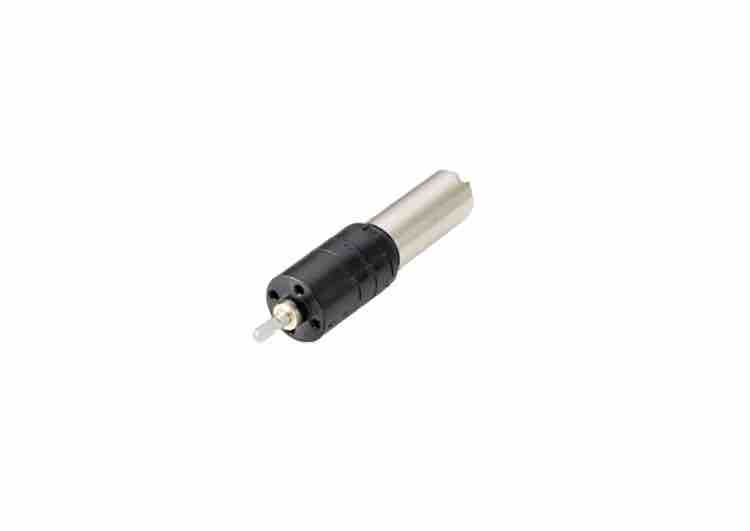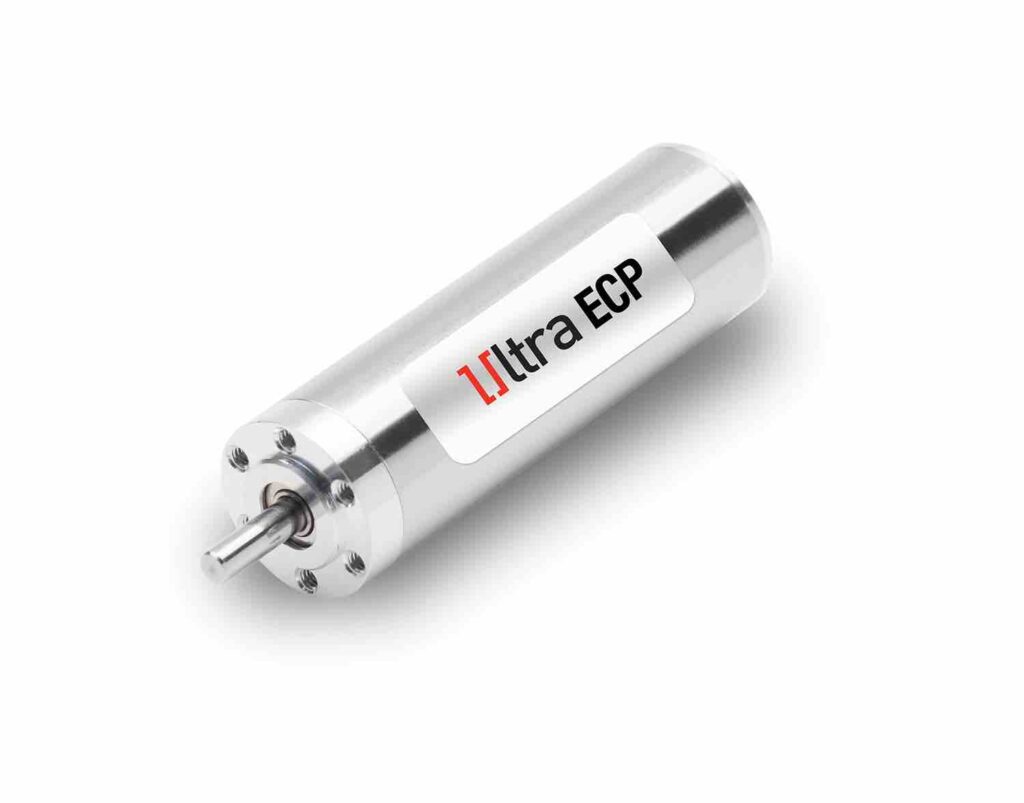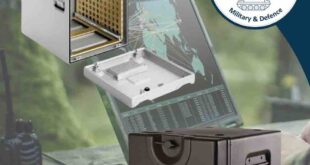From cancer to rheumatoid arthritis, biopharmaceuticals have revolutionised treatments, in some cases providing hope for patients who previously had no further options. Integral to their success are the delivery devices, which are driven by accurate, reliable motion systems. Whether intended for disposable, limited use, or long-term administration, a tailored motion system will help the OEM best meet patient needs. Jigar Fulia and Kanti Vala consider the selection criteria for biologics system motion solutions
Commonly known as biologics, these drugs are manufactured in or from a biological source, unlike typical medication which is developed through chemical synthesis. The advantage is that biologics change the way the human immune system reacts, down-regulating the inflammatory response or supporting tumour-specific defence.

Biologics are delivered by injection and as they have a much higher molecular weight than traditional, small-molecule chemical drugs, they are far more viscous. This makes the accuracy of injecting the drugs increasingly critical. The drugs are typically administered at regular intervals over a set time frame. Reliance for this task is placed on the delivery mechanism, which is driven by a miniaturised motion solution.
The type of biologic determines several factors including the frequency and type of injection, as well as selection of the tissue type to be injected. These factors also impact the selection of the biologics injection device, and in turn, the required attributes of its motion system.
Biologic delivery device technology
Disposable devices are intended for one-time use of a specific drug, delivered in the range of seconds to hours, and are a low-cost solution. These devices take the form of mechanical injectors and disposable patch pumps, worn directly on the body with a reservoir, pump and infusion set inside a small case worn on the body. Can-stack stepper and brush DC motors are commonly suited technologies because of their reliability, especially compared to actuation varieties that require more complex drive electronics. A primary advantage for disposable applications is that can stack stepper and brush DC motors are very cost effective.
Limited use, motorised solutions separate a disposable drug unit from the reusable pump system and enable the infusion of multiple biologic drug cartridges over the course of the therapy. A new trend in the pharmaceutical industry, the advantage of a limited-use device provides a balance of performance and lifetime against the price.
As limited-use devices may be required to administer more than one type of biologic, each with its own viscosity and injection requirements, flexibility in injection force is advantageous. This means that a motion solution that can deliver a range between 50N and 80N is useful. Limited use devices are battery-driven, so efficiency also has to be considered in pump design. Coreless brush DC motors with precious metal commutators are suited to higher battery life requirements, offering high power density and reliability. A spur compound gearbox or custom gearhead pairing can also enhance performance and efficiency.
Accuracy and power density
Fully reusable pump systems are designed to be longer lasting and can also handle various viscosities, making them more flexible in therapy delivery, and means they can require a force output exceeding 100N. The device must also be worn by the patient, so the motion solution has to be small and lightweight, fitting into an outside diameter of 10-12mm. Higher power density also means the system can accommodate larger drug volumes up to 50ml.
A brushless DC motor or coreless brush DC motor with precious metal commutators are the ideal selection to achieve these requirements. For biologics applications, as efficiency and size are important parameters, BLDC slotless designs are comparatively more efficient, lower vibration, and easier to manufacture for smaller frame sizes such as 10mm, 12mm and 16mm, compared to slotted motors. The motors should also be combined with a spur or custom-designed gearhead to optimise torque density. To ensure optimum delivery accuracy, an absolute or incremental encoder with a special arrangement can be combined to provide feedback and additional repeatability.
Optimising motion system design
As reusable pump systems could be used for three to five years, the motion solution has to be robust, and this could also include the need to withstand storage conditions, including cold temperatures and humidity. Brushless DC and stepper motors have electrical commutation, which provides longer motor life potential compared to the mechanical wear inherent to a brush DC motor. Motor life is also dependent on bearings, with ball bearings providing longer life than sleeve bearings.
Long-term patient health is related to the accuracy, repeatability, and reliability of the delivery system’s motor package, so a tailored approach to motion system design will most closely deliver the requirements for the specific biologics involved. This will also help the OEM deliver the most cost-effective solution.
From cancer to rheumatoid arthritis, biopharmaceuticals have revolutionised treatments for patients and delivery devices are integral to their success.
Jigar Fulia and Kanti Vala are with Portescap.
 Engineer News Network The ultimate online news and information resource for today’s engineer
Engineer News Network The ultimate online news and information resource for today’s engineer






